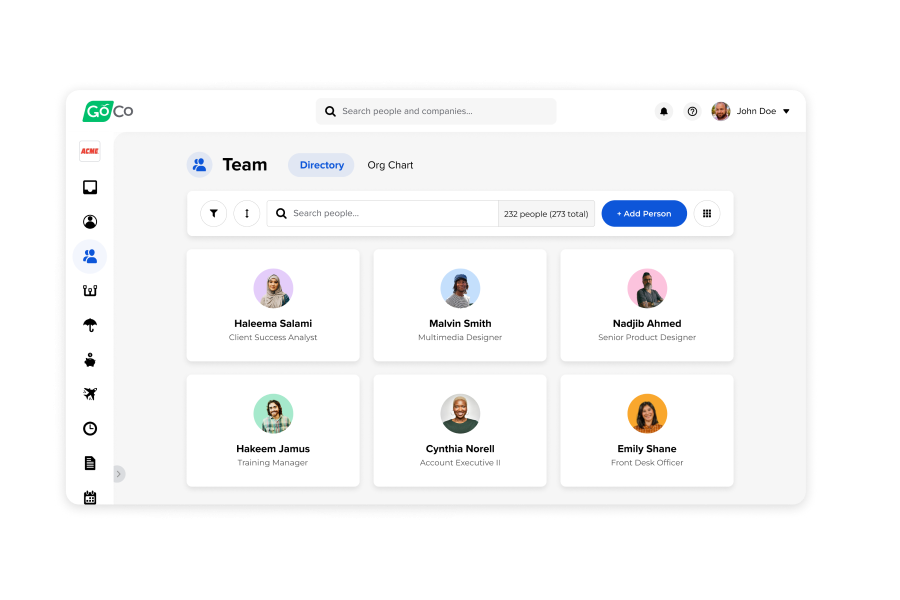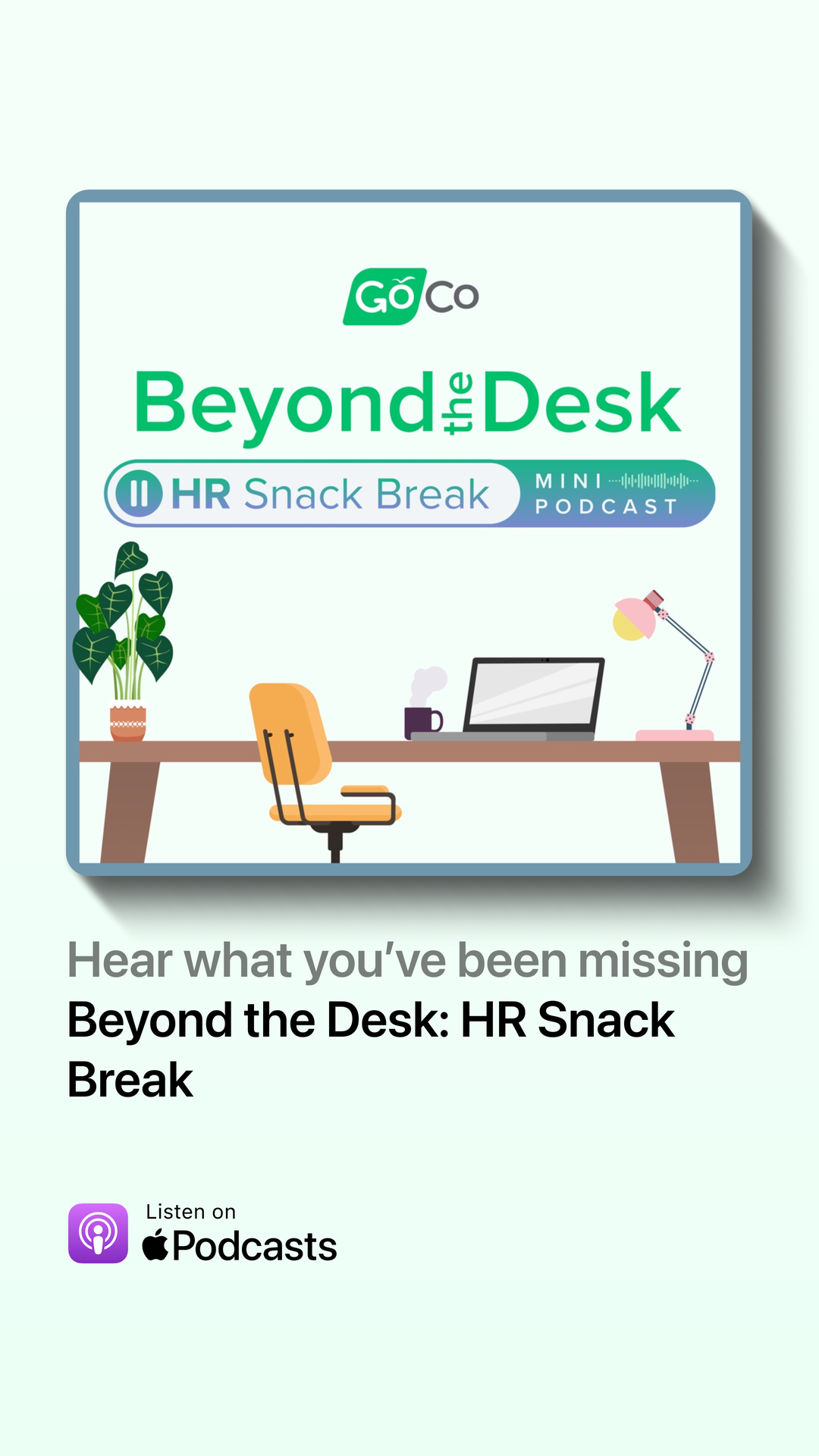10 Ways HR Technology is Improving Employee Management
Discover ten innovative ways to improve employee management, including remote work tools, automation, performance management, and more.
by Dmytro Spilka, Director & Founder @ Solvid - September 4th, 2024
We live in an age where digital transformation is building momentum at a lightning-fast pace. In the HR landscape, the advantages that emerging technologies provide for employee management can bring widespread efficiency throughout organizations.
The acceleration of digital transformation has presented new challenges alongside the many solutions it brings for business leaders and HR professionals. With the rise of working from home (WFH) and the pressures of managing a remote workforce, new innovations have been tasked with helping to alleviate the pressures posed by distributed workforces as well as in-house staff.
Use cases are continuing to emerge to deliver technological solutions when it comes to staff management for employers and decision-makers for SMEs and large enterprises alike. With this in mind, let’s take a deeper look at ten innovative ways that technology is improving employee management in the human resources industry today.
1. Democratizing the Flow of Data
Workforces in the digital transformation era rarely go offline, and this means that access to essential data in real-time is more important than ever.
Through integrated Employee Experience Platforms, managers and leaders can act quickly and decisively to feedback to onboard staff more effectively and reward them in an appropriate manner upon reaching specific goals.
Employee Experience Platforms can help employers keep on top of their obligations to employees too, with the ability to schedule regular one-on-one meetings, goal-alignment check-ins, and other regular catch-ups to ensure the democratization of data throughout an organization.
2. Accommodating Remote Work
Planning to accommodate remote work should be a key consideration for employers when it comes to embracing WFH. Collaboration tools for remote workers, like Slack and Monday, can be excellent assets for managing a distributed workforce.
In industries where talent pools can be limited, generative AI tools can be excellent for hiring talented overseas workers while autonomously translating essential documentation with the correct contextual cues for supreme flexibility throughout the hiring process.
3. Automating Repetitive Tasks
According to Deloitte data, businesses that invest in automation experience a significant reduction in operational costs and receive a boost in productivity of between 15% and 20%.
The adoption of automation technology will fundamentally transform how employers manage their employees and the monitoring of the tasks they complete.
4. Optimizing Learning Management Systems
Learning Management Systems (LMS) provide employers with an excellent information point during the onboarding process for employees. These systems offer employees access to all relevant information and training materials in one place.
Crucially, good LMS software can offer analytical tools with added insights for HR professionals seeking to refine their training plans and level up their strategies for getting new hires up to speed.
5. Utilizing Employers of Record
Using advanced Employer of Record (EOR) services can empower businesses to access talented remote work pools on a global scale without having to manually seek out and identify prospects.
These services allow employers to engage with employees in new states and countries without the need for creating new entities or registering with each locality.
EOR means that HR professionals can source the best possible talent globally without having to allocate significant resources to overseas operations or complex recruitment processes.
6. People-Centric Performance Management
Advanced performance management systems can help employers manage employee relationships, address concerns over their career progression, share their workplace fears, and address feelings of mismanagement at work.
With flexible technology, it’s possible for HR professionals to take on a more agile approach to work that puts people at the center of performance management and helps to maintain positive morale throughout both in-house and remote working environments.
7. Building Positive Collaboration
McKinsey data states that 80% of modern businesses use social collaboration tools to enhance business processes, and these can be excellent resources for ensuring efficiency and a conducive environment within teams.
Cloud-based collaboration tools, whether it’s instant messaging within teams and organizations through Slack or the sharing of documents through Google Drive, can help to reduce the friction throughout remote work and improve productivity for both in-house and remote staff.
8. Automated Time Tracking
Time-tracking software can be a great innovation to better organize employee efficiency for complex projects and task management,
For many businesses, task delegation can be convoluted with many different projects and types of productivity required, and artificial intelligence can help improve the time tracking process through automatically populated timesheets that can be reviewed and submitted.
With the right blend of AI and automation, it’s possible to make the time recording process more time-efficient in itself.
9. Gamification For Greater Engagement
Gamification tools are fast becoming a popular choice for employers seeking to drive employee engagement in a number of different ways.
Adding game mechanics to workloads means that employees can be tracked and rewarded for achieving their goals, building collaborative frameworks, and providing real-time feedback to improve performance. As a reward, gamification tools can offer extra perks, bonuses, or other tangible benefits to encourage more motivation and efficiency.
10. Multi-Channel Feedback
How can employers learn about how employees really feel about them? Implementing survey software across multiple channels can help employees share their opinions, concerns, and ideas with confidence to share feedback on a large scale for actionable insights.
Feedback polls and pulse surveys can be a great means of sharing insights, while external tools like Net Promoter Score can help HR professionals gauge their employee ratings in real time as a means of improving the employee experience.
Embracing Employee Management Innovation
As workforces become more distributed and remote, technology can keep HR professionals as informed and close to their staff as possible. This can help to provide insights into leveraging a more conducive environment for productivity and to maintain a positive environment for all employees.
GoCo's modern HR software suite provides all the tools you need to thrive in the digital age. From managing remote teams to automating tedious tasks, GoCo empowers you to:
Streamline and automate everyday HR tasks, from onboarding to open enrollment to retirement.
Easily gather data for real-time insights and informed decision-making.
Implement people-centric performance management to foster employee engagement and growth.
Gather multi-channel feedback to continuously improve the employee experience.
Say goodbye to manual reminders and scattered documents – GoCo centralizes everything, making HR processes more efficient and allowing you to focus on providing a meaningful employee experience. Take a free tour today to see how GoCo can bring your HR to the next level!

Subscribe to Beyond The Desk to get insights, important dates, and a healthy dose of HR fun straight to your inbox.
Subscribe hereRecommended Posts
Top 5 Open Enrollment Mistakes and How To Avoid Them
Blog Articles
7 Online Strategies to Future-Proof Your HR Workforce
Blog Articles
Search...
Product
GoCo
Resources
Articles
eBooks
Webinars
Customer Stories









